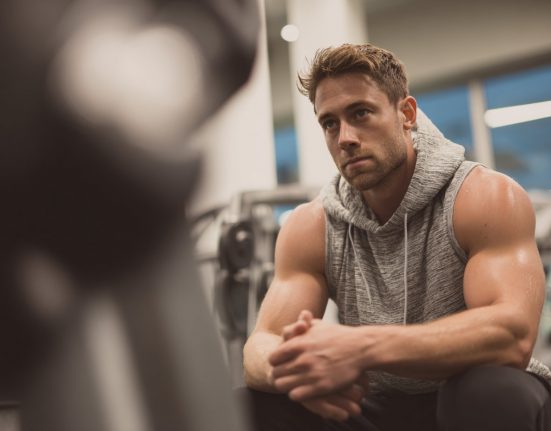Sports injuries can happen to anyone, from weekend joggers to regular gym-goers. Common causes include poor technique, skipping warm-ups or sudden movements. Orthopaedic surgeon shares tips on how to spot early signs, manage symptoms, and prevent long-term damage from injuries like sprains, strains, or ligament tears.
A twisted ankle, sore muscles or a sudden pain after a workout, sports injuries are common. Sports may be your profession, regular hobby, or just an occasional fitness session, however being aware of how injuries happen and how to manage them can save you a lot of trouble later.
Sports injuries often occur due to overuse, bad posture, poor technique, or skipping warm-up routines, tells Dr Girish Bhalerao, Director & Chief at Mumbai Ortho Total Clinics and Senior Consultant at Gleneagles Hospital, Parel, Mumbai. “Sometimes, they happen due to sudden falls or impacts during play. Ignoring small pains and playing through injuries may seem brave but often leads to bigger problems. Common complaints include joint pain, swelling, restricted movement or bruising. Spotting these early and giving the body enough rest is essential,” cautions Dr Bhalerao.
He adds, “Understanding your body’s limits and using proper gear can help reduce injury risk. Simple care techniques like RICE – Rest, Ice, Compression, Elevation – can prevent minor injuries from turning serious.”
With busy schedules, many people jump into workouts without preparation. “Warm-ups aren’t optional. They are essential to prepare your muscles and joints for the activity ahead,” says Dr Bhalerao.
He lists 5 common sports injuries and suggests tips on how to manage them:
- Watch for ankle sprains: Ankle sprains usually happen due to sudden twists or falls during running, jumping or playing sports. Symptoms include pain, swelling, and difficulty moving the ankle. Early care with RICE, supportive ankle braces and physiotherapy helps prevent further damage.
- Manage muscle strains: Overstretching or tearing a muscle can cause a strain. It often results from skipping warm-ups or overexertion. Look out for pain, stiffness, or swelling. Apply ice packs, take rest, and follow up with gentle stretching as advised by your doctor.
- Take knee injuries seriously: ACL tears are common in sports that involve sudden stops, turns or jumps. A popping sound, followed by knee instability and swelling, can signal a ligament injury. Treatment may include bracing, physiotherapy, or even surgery in severe cases.
- Recognise tennis elbow early: Repetitive arm and wrist movements, especially in racket sports, can cause tennis elbow. Signs include pain on the outer part of the elbow and a weak grip. Rest, cold compresses, anti-inflammatory medicines and physiotherapy are often recommended for recovery.
- Don’t skip recovery time: One of the most overlooked causes of sports injuries is lack of rest. “The body needs time to repair tissues and regain strength after exercise,” says Dr Bhalerao. Taking breaks, allowing muscles to heal, and following a proper recovery routine are crucial.









